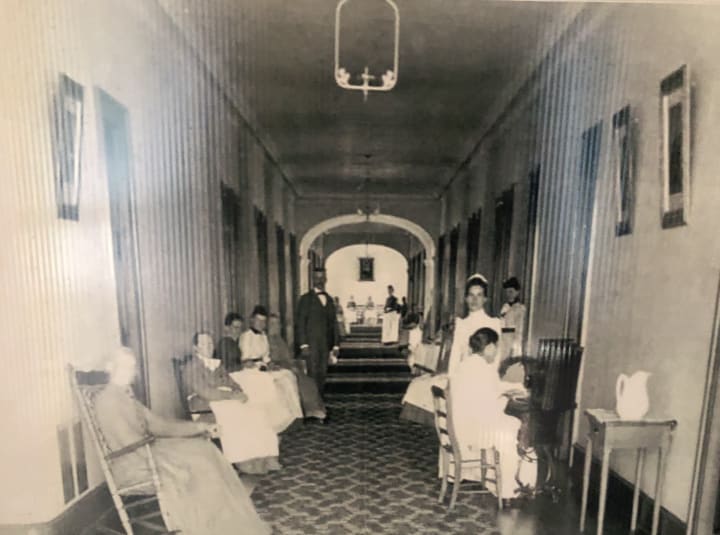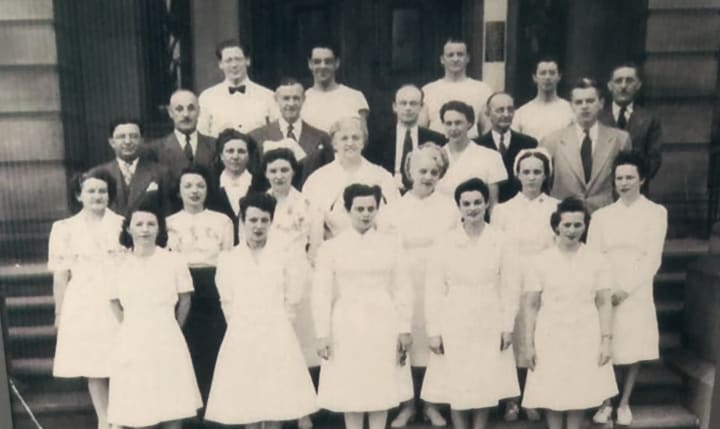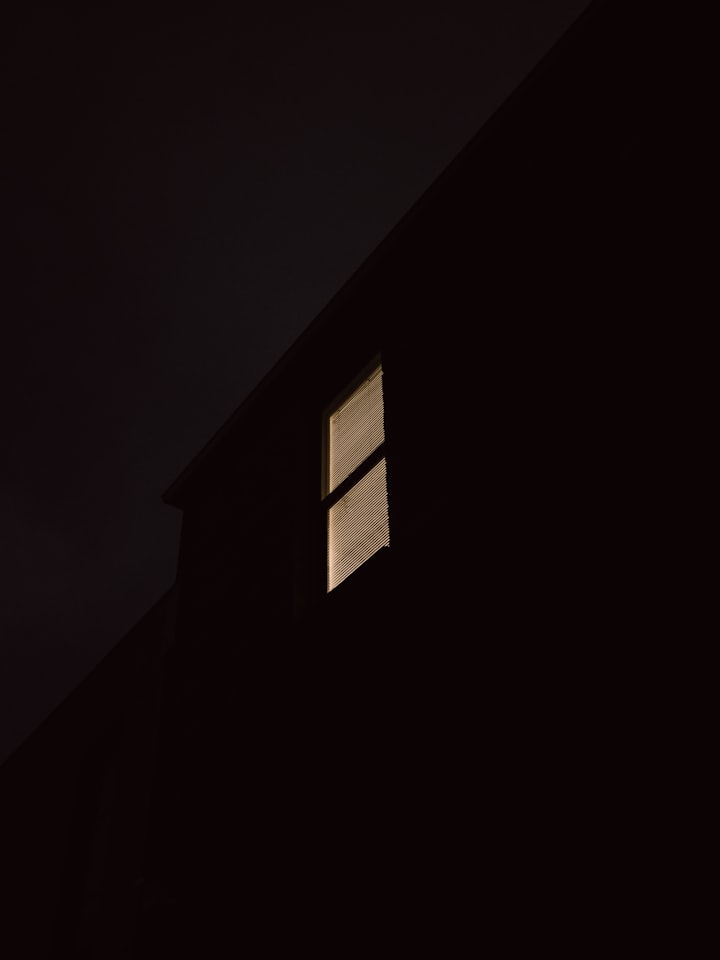The Haunting History of The Trans-Allegheny Lunatic Asylum
The sadness and deep seeded sorrow in the patients leaves a long-lasting mark on the buildings they were, and some remain, confined to

When construction was completed on West Virginia’s Trans-Allegheny Lunatic Asylum, formerly known as Weston State Hospital, it was considered a marvel in the mental health care industry. The building was constructed with the finest stonework, having brought in masonry specialists from Germany and Italy. The hallways were ornate and organized, the rooms comfortable for the 250 patients the hospital would hold. Architect Richard Snowden Andrews created this hospital in order to bring a level of luxury and design to those who were stigmatized at the time due to their mental health.
Andrews created the hospital to be self-sufficient, including a dairy, farm, waterworks and cemetery on the properties 666 acres. The construction of this massive facility took 23 years, although partially because of the onset of The American Civil War in 1861. The first resident moved into the facility in 1864, she was a housewife who was admitted for “domestic troubles.” It wasn’t uncommon at the time for people to be committed to institutions for reasons such as seduction, grief or women taking up novel reading.
By the time 1880 rolled around, the hospital's occupancy had skyrocketed to 717 residents. Conditions began to rapidly decline as workers in the hospital became overwhelmed by the amount and ailments of patients. Most patients were admitted for conditions such as epilepsy, alcoholism, drug abuse, and non-educable mental deficiencies. As the conditions declined, the population of residents sharply increased, reaching a peak in the 1950’s, housing over 2,600 people - more than ten times the buildings occupancy maximum.

The once cushy and comfortable hospital quickly turned into a desolate and depressing wasteland. At times there were reported to be five patients in a room designed for a single resident. An investigation done by the Charleston Gazette into the treatment of patients at the asylum found that there were cases of them sleeping on the cold hard floor. The wallpaper was ripped off of walls by residents in a panic and there were bathrooms smeared with fecal matter.
Along from the living conditions of the patients, the poor souls were also subjected to terrifying and painful “treatment” methods. Most commonly used at the time was the transorbital lobotomy, better known as the “icepick” lobotomy. Other common treatments were bloodletting, electroshock, insulin coma therapy, and ice baths. Seclusion cells and confinement cribs were also used as a control method for those deemed violent. In the 1930’s with the rise of tuberculosis in the United States, a TB ward was constructed and opened in 1935, adding to the workload and stress on the employees.

The doctors and employees of the hospital had a tendency to use the patients as subjects for experimental procedures. One doctor even completed 228 lobotomies in a span of only two weeks. Employees would lock patients in their rooms and deny them of daily necessities. Residents regularly were malnourished due to the lack of food resources from the hospital's farm and dairy. Only meant to serve 250 people, the property's self-sufficient design was beginning to collapse.
Trans-Allegheny Lunatic Asylum was formally shut down in 1994 by force due to the change in care standards for those admitted. The building remained mostly vacant, even being used for a paintball game in 1999. Local sheriffs and police officers used the building to partake in a friendly game, although in the end three officers were relieved of their duties.
After its closure, more details came out about the abusive treatment the patients at the hospital suffered. Although the total number of deaths is unknown, there is a cemetery onsite with hundreds, if not thousands of graves. When residents of the institution would pass away, their families had an option to claim the deceased bodies. Often, the family wanted nothing to do with their embarrassingly ill relatives and left them to the hospital. The bodies were then buried in the cemetery and given a simple headstone bearing only their patient number - not even so much as their name. The stones were often taken from the graves and repurposed, leaving many unmarked graves on the site.
As for the surgeries and medical care, it’s believed that roughly 4,000 lobotomies took place in the hospital during its time as an active care facility. Experimental procedures were regularly carried out on patients, given the lack of regulations and accountability for facilities that cared for the mentally ill.

It’s hard to believe that a place that’s seen so much suffering doesn’t absorb some of that energy into the walls. There are many reports of patients murdering each other, suicides, and even a suspected case of a nurse passing away on site. The most common spirits seen are that of shadow figures and a young girl, lovingly named “Lilly” It’s believed that Lilly was either a patient at the facility or was born to a patient. Either way, she passed young and continues to walk the hallways, wanting to play with visitors.
There is a story of a nurse being reported missing while on the job and being found two months later, dead and rotting at the bottom of an unused staircase. There was an incident in the hospital where two residents devised a plan to kill a third by hanging. When the hanging was unsuccessful, they then bludgeoned him to death. It’s believed that there are two spirits who roam the halls. The spirits are suspected to be of two patients who committed suicide in their room y hanging themselves on their curtain rods.
During this time in the development in America, the stigma and subsequent treatment of those who were mentally ill caused severe mistreatment and tragic deaths. The sadness and deep seeded sorrow in the patients leaves a long-lasting mark on the buildings they were, and some remain, confined to.
About the Creator
Alesia Brooks
Disney blogger with a dark side
24-year-old writer and photographer
Follow along with my misadventures - IG: @livinglikealesia






Comments
There are no comments for this story
Be the first to respond and start the conversation.